
Critics want a local referendum on the project to modify the Celtic oppidum Závist
 |
Prague – A signature campaign aims to highlight the excessive amount of imported materials, hardened surfaces, and too geometric an interpretation of uncovered foundations of buildings from the Celtic oppidum Závist near Dolní Břežany in the district of Prague-West, with the goal of triggering a local referendum on the proposed modifications. The local building authority is currently dealing with the project by architect Josef Pleskot titled "Presenting" for the modification of the national cultural monument on the grounds of the Prague Archbishopric. The municipal council of Dolní Břežany also discussed objections to the project in December, as reported by ČTK.
"The outline of the square 56 by 56 meters, thousands of tons of gravel and stone paving have never been found here, and they distance the significance of the fortified settlement from reality and its historical essence. The interpretation of the foundations of buildings as platforms of ancient temples is historically unsubstantiated," states on the website of the signature campaign for the local referendum.
The Archbishopric, as the owner of the land, is not getting involved in the project dispute. "The municipality of Dolní Břežany wanted to build a lookout tower and modify the Celtic oppidum. The Prague archbishopric granted the municipality the right to build for these plans. It is up to the municipality how to handle the project. The lookout tower stands," responded Jiří Prinz, spokesman for the Prague Archbishopric, to a query from ČTK.
The lookout tower, according to architect Martin Rajniš's design, was created in the first phase in 2021. Dolní Břežany does not want to implement Pleskot's second phase on their own. "The modifications of the fortified settlement, or rather the acropolis, go beyond the local dimension of Dolní Břežany, and it is necessary for them to be carried out by a professional entity," stated local deputy mayor Lubomír Havel (Rozkvět) at the December meeting of the local council.
According to mayor Matěj Novák (Rozkvět), the municipality does not even participate in the interrupted zoning proceedings. What will happen next is unclear. "I dare not estimate the next steps at this time," Novák replied to ČTK's inquiry.
Experts consider Závist to be the most significant and largest oppidum in Central Europe. Settlement is evidenced in the Late Stone Age, with the greatest boom occurring in the 9th to 8th centuries and the 5th to 4th centuries BC, likely disappearing in the last century before our era for unclear reasons.
Pleskot proposed to geometrically emphasize the presumed shapes of buildings in the oppidum based on the foundations revealed by decades of archaeological research from the 1960s until 1990. However, critics argue that the geometric architectural interpretation is incorrect. Others were bothered by more than 3,000 square meters of hardened surfaces.
For the location of the buildings of the oppidum, the orientation towards the summer and winter solstices was likely key. The proposed geometric concept would misinterpret the actual significance of the excavations, one of the opponents, architect Tomáš Vích, wrote in his blog on aktuálně.cz.
Pleskot dismissed the objections, previously telling ČTK that the history of Závist is not explained. "What the acropolis conceals is complex. What is complex often goes misunderstood, and this misunderstanding has caused massive resistance," he said.
The English translation is powered by AI tool. Switch to Czech to view the original text source.
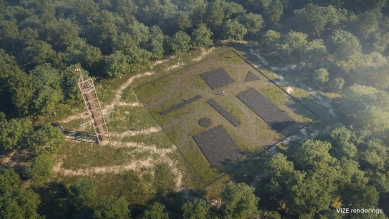
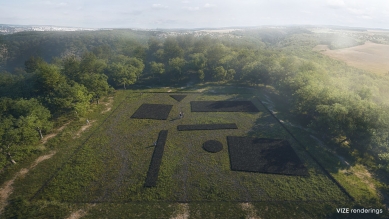
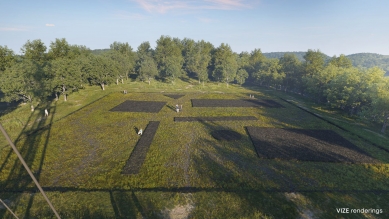
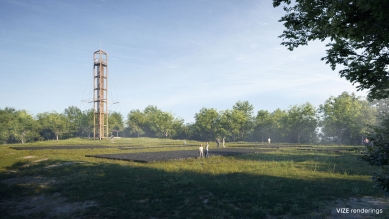
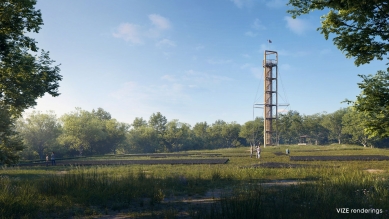
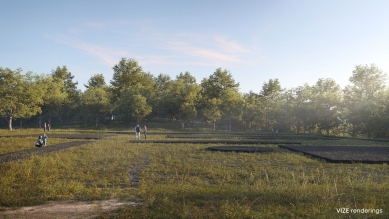
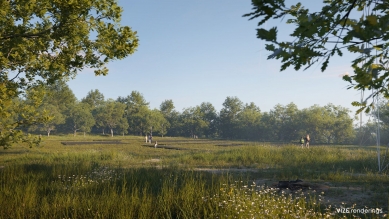
0 comments
add comment
Related articles
0
30.11.2022 | Proposed modifications to the Celtic settlement of Závist involve the transportation of materials
0
16.06.2022 | When modifying the Celtic settlement of Závist, stone is to be used instead of concrete
0
01.04.2022 | Experts will still discuss the modifications of the Celtic hillfort Závist
0
03.03.2022 | The Central Bohemian Region will hold a public discussion on the project at Závist
0
03.12.2021 | Experts are not pleased with Pleskot's project for the Závist location











